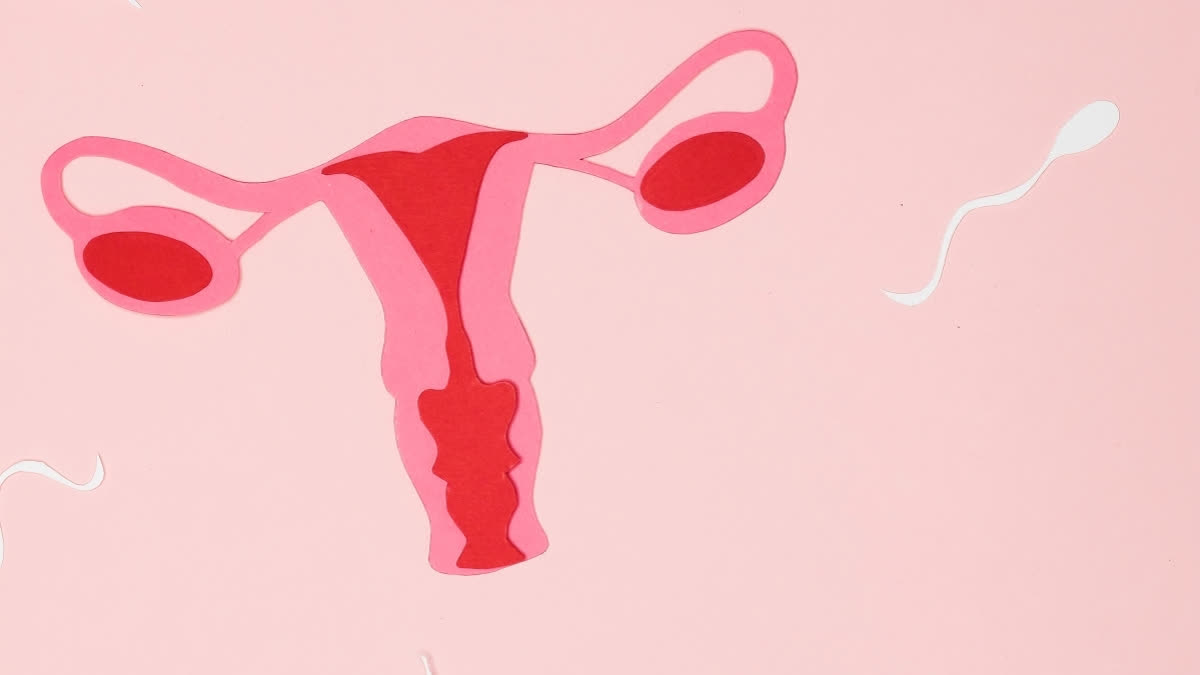Chicago: Endometriosis causes physical, sexual and emotional pain. About 190 million people around the globe have endometriosis, including one in 10 American women, but there has historically been a deafening silence about the disease and the pervasive impact it can have on a person's life.
While endometriosis is a chronic gynecological illness that can affect anyone with a uterus women, transgender men and nonbinary individuals it often goes undiagnosed because its symptoms can be attributed to other physical or psychological concerns. Patients presenting with this pain are often told it is all in your head.
However, endometriosis is becoming a more visible illness, thanks in part to celebrities such as Lena Dunham, Chrissy Teigen, Amy Schumer, Whoopi Goldberg and others who have begun sharing their stories publicly. After going undiagnosed for 23 years, Padma Lakshmi, a popular cookbook author, actress and host of the TV show Top Chef, founded EndoFund, previously Endometriosis Foundation of America, in 2009 so that others do not have to go through what she did.
I am a couple and family therapy professor, clinician and researcher. My own endometriosis diagnosis at the age of 19 has inspired my work exploring how this illness affects others beyond the physical symptoms.
To better understand the impact of endometriosis on relationships, I interviewed 10 couples about their experiences of diagnosis, treatment and living with this disease. Through their stories of how endometriosis-related pain can affect every aspect of daily life, including their intimate relationships, I provide some specific recommendations. The quotes I have included in this article are from my doctoral dissertation research.
The basics of endometriosis
When a person has endometriosis, the endometrial cells that line their uterus implant in places outside the uterus, such as the ovaries, fallopian tubes and the lining of the abdomen called the peritoneum. At the end of each menstrual cycle, the uterus sheds its lining, which exits the body via the cervix and vagina. The misplanted endometrial cells also shed, but they have no place to go resulting in internal bleeding, inflammation and pain.
An endometriosis diagnosis is described in stages related to the visual presence of the disease, from minimal, or Stage 1, to severe, or Stage 4. However, there is no connection between the stage and the experience of pain.
One symptom of endometriosis is intense pain during the menstrual cycle. Another is pain with sex. Because pain with menses or sex can be attributed to normal pain, a history of sexual abuse or psychiatric reasons such as a dislike of sex, some people with endometriosis wait an average of seven years for diagnosis, which can be visually confirmed only through a procedure called laparoscopy.
In addition to these and other types of severe pain, endometriosis can also cause infertility, and patients who want to have children must often undergo medical or surgical interventions to conceive.
Impacts on school, work and sex
Physical pain from endometriosis can be debilitating. Adolescents with endometriosis may struggle to keep up with their classes, friends, homework or extracurricular activities when the pain becomes too severe. They may shift to home-schooling or virtual learning to complete their studies.
The pain can also deeply affect a career trajectory. I almost lost my job because of time off, one interviewee told me. In fact, when I had to get my hysterectomy, I walked in to tell my manager and he goes, Well, I hope you're not going to tell me that you have to have a hysterectomy and have to be out for six weeks!' And I just broke down in tears.
